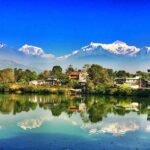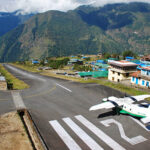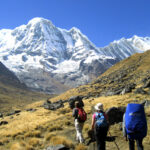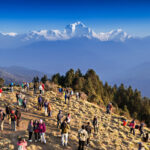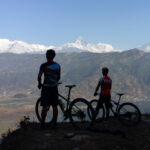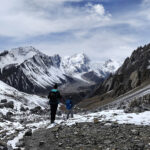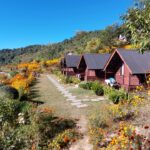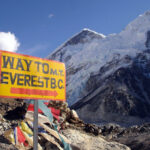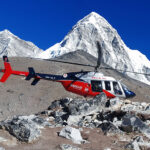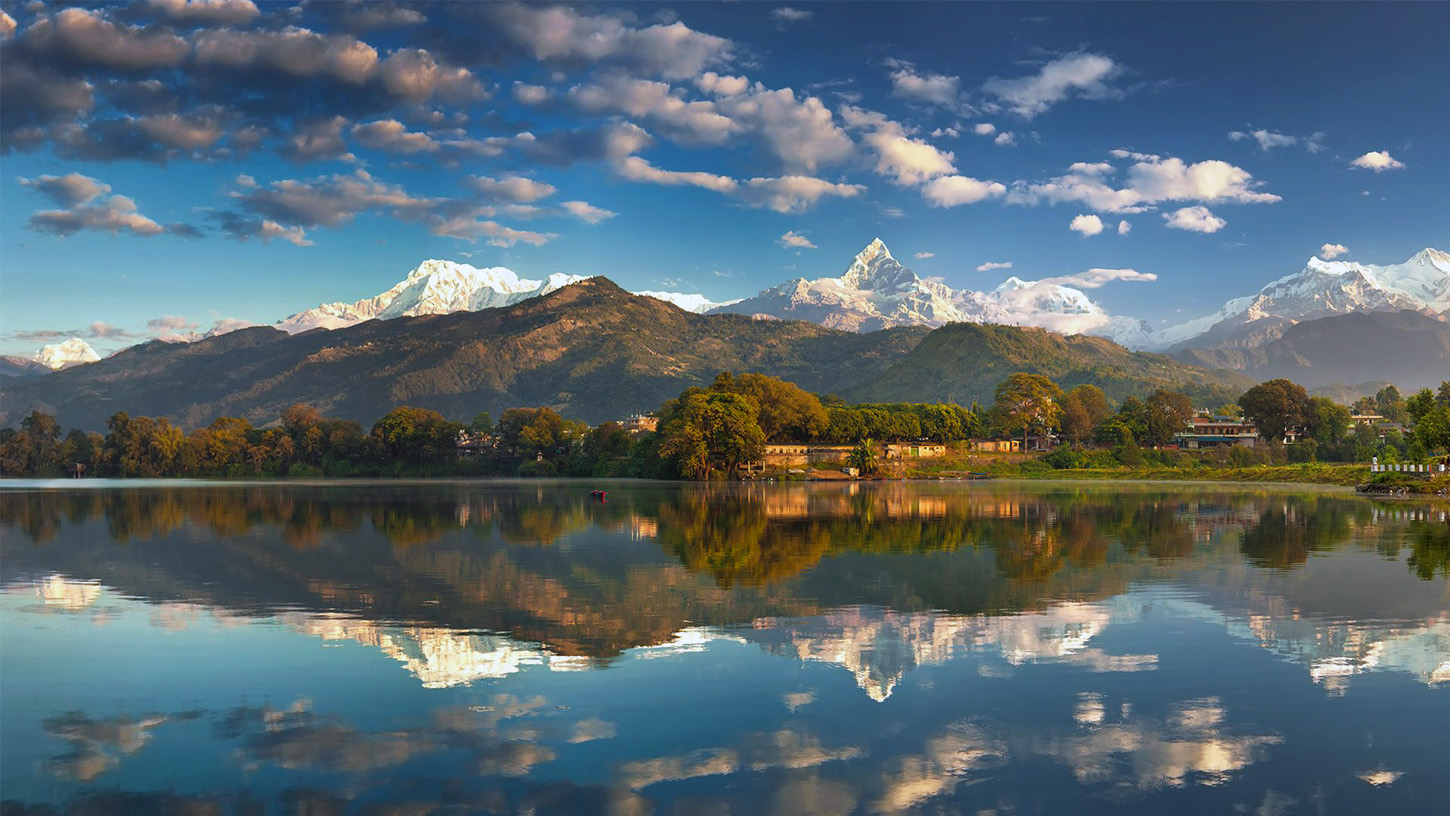
The Ultimate Travel Guide for Beautiful Pokhara
If you’re planning a trip to Nepal, make sure to carve out time to explore Pokhara—an enchanting lakeside city nestled beneath the towering Annapurna Massif. Known as Nepal’s adventure capital, Pokhara offers a mix of natural beauty, rich culture, and adrenaline-pumping activities. Whether you’re a trekker, a photographer, or just seeking peace by the water, Pokhara has something for everyone.
Where is Pokhara?
Pokhara is located approximately 200 kilometers west of Kathmandu and is Nepal’s second-largest city by population. It lies on the serene shores of Phewa Lake, with the snow-capped Annapurna and Machapuchare (Fishtail) mountains reflecting in its calm waters—a view that photographers and nature lovers won’t want to miss.
A Brief History of Pokhara
Once a key trade route between India and China in the 17th and 18th centuries, Pokhara’s significance grew when the British established a Gurkha recruitment center in the early 1800s. These brave Nepali soldiers have played key roles in global conflicts and still reside proudly in Pokhara today.
In 1959, the city welcomed a wave of Tibetan refugees fleeing the Chinese occupation. Many settled nearby, establishing communities and monasteries (gompas) that continue to preserve Tibetan culture.
Though the first road into the city wasn’t built until 1968, Pokhara has since transformed into one of Nepal’s most visited travel destinations, maintaining its mystical charm while evolving into a modern hub for tourists.
Climate: Best Time to Visit Pokhara
Spring (March–May) and Autumn (September–November) are the best seasons to visit Pokhara. During these months, you’ll enjoy:
-
Clear skies and panoramic mountain views
-
Comfortable temperatures (15–30°C / 59–86°F)
-
Ideal trekking and adventure conditions
Summer (June–August) brings heavy monsoon rains, making trekking risky due to landslides. Winters (December–February) are chilly but dry, and while it doesn’t snow in the city, the surrounding peaks are beautifully frosted.
Top Things to Do in Pokhara
1. Sunrise at Phewa Lake
Wake up early and head to the lakeside for one of the most photogenic sunrises in Nepal. Watch the golden light illuminate the Annapurna range and reflect off the calm waters.
2. Adventure Sports
Pokhara is an adventure hotspot for thrill-seekers. Try:
-
Paragliding – Soar with the eagles over the lake and mountains.
-
Zip-lining – One of the world’s steepest and longest ziplines.
-
Bungee Jumping – Leap off a tower with jaw-dropping views.
3. Soothing Sights and Spiritual Vibes
-
World Peace Pagoda – A short hike rewards you with epic views of the city and Himalayas.
-
Tal Barahi Temple – Located on an island in Phewa Lake, accessible by paddle boat.
-
Gupteshwor Mahadev Cave – A sacred Hindu cave shrine next to the stunning Davis Falls.
-
Bat Cave (Chamero Gufa) – Explore a dark cave inhabited by thousands of bats!
4. Trekking & Outdoor Exploration
Pokhara is the gateway to the Annapurna region, including treks like:
-
Annapurna Base Camp (ABC) Trek
-
Poon Hill Trek
-
Mardi Himal Trek
These routes offer a perfect mix of cultural immersion, biodiversity, and panoramic Himalayan vistas.
5. Food & Culture
Indulge in Sherpa stew, momos, or traditional Newari cuisine, and explore Tibetan refugee settlements to learn about their resilience and craftsmanship.
How to Get to Pokhara
-
By Air: Daily flights from Kathmandu (approx. 25 minutes)
-
By Road: Buses and private vehicles take around 6–8 hours from Kathmandu. Roads are scenic but can be bumpy, especially in monsoon season.
Where to Stay in Pokhara
Pokhara caters to all budgets:
-
Lakeside Pokhara: Ideal for tourists, filled with hotels, restaurants, yoga studios, and shops.
-
Damside & Pardi: Quieter neighborhoods great for those seeking peace and nature.
Final Tips for Visiting Pokhara
-
Currency: Nepalese Rupee (NPR). ATMs are widely available in Lakeside.
-
Connectivity: Wi-Fi is common in hotels and cafes, but speeds vary.
-
Health & Safety: Tap water isn’t safe to drink—carry a water filter or buy bottled water.
-
Trekking Permits: Required for most hikes (ACAP, TIMS) and can be obtained in Pokhara.
Why Pokhara Should Be on Your Nepal Itinerary
Pokhara is more than just a stopover—it’s a complete travel experience. From spiritual serenity to pulse-racing adventure, this lakeside gem encapsulates the best of Nepal’s natural and cultural diversity. Whether you’re here to unwind, explore, or chase new heights, Pokhara will exceed your expectations.

